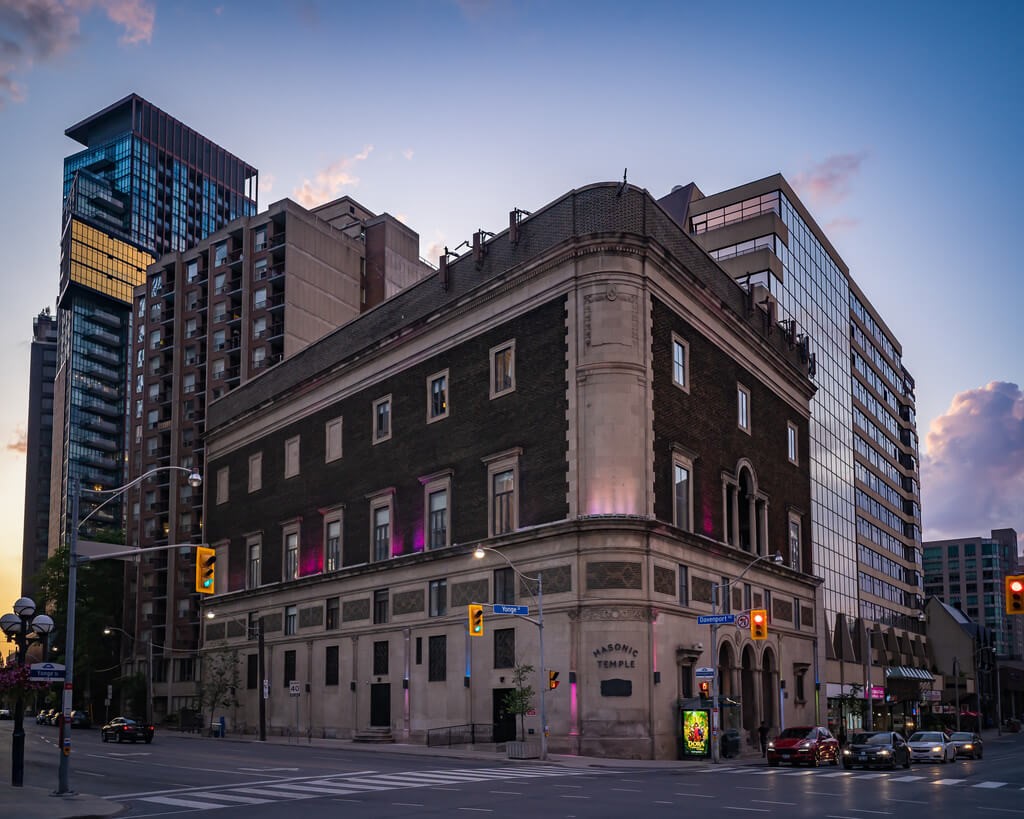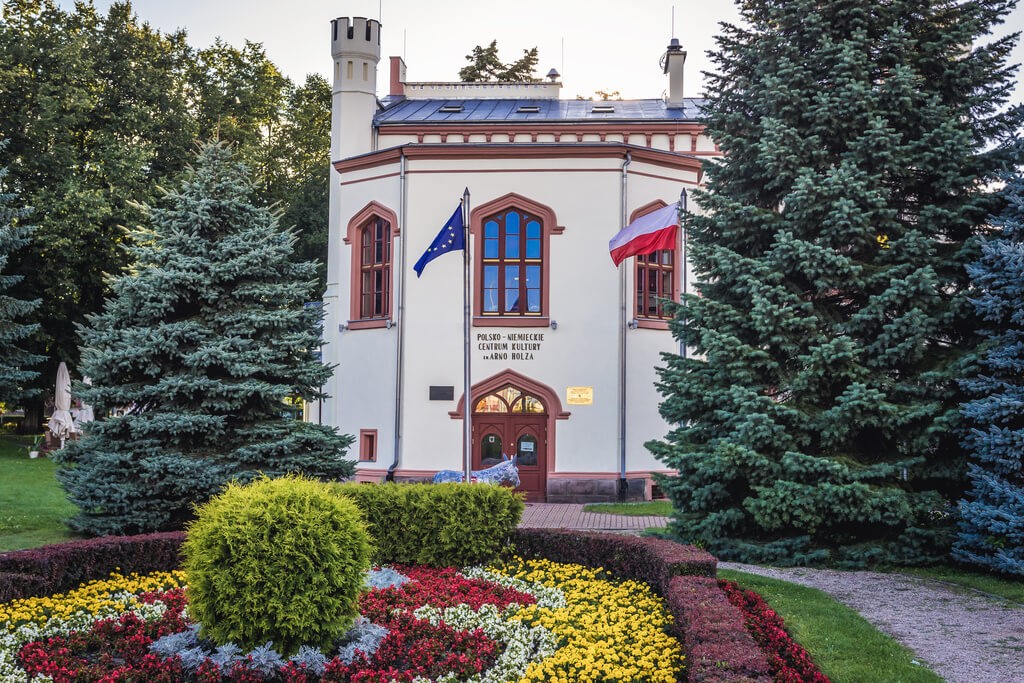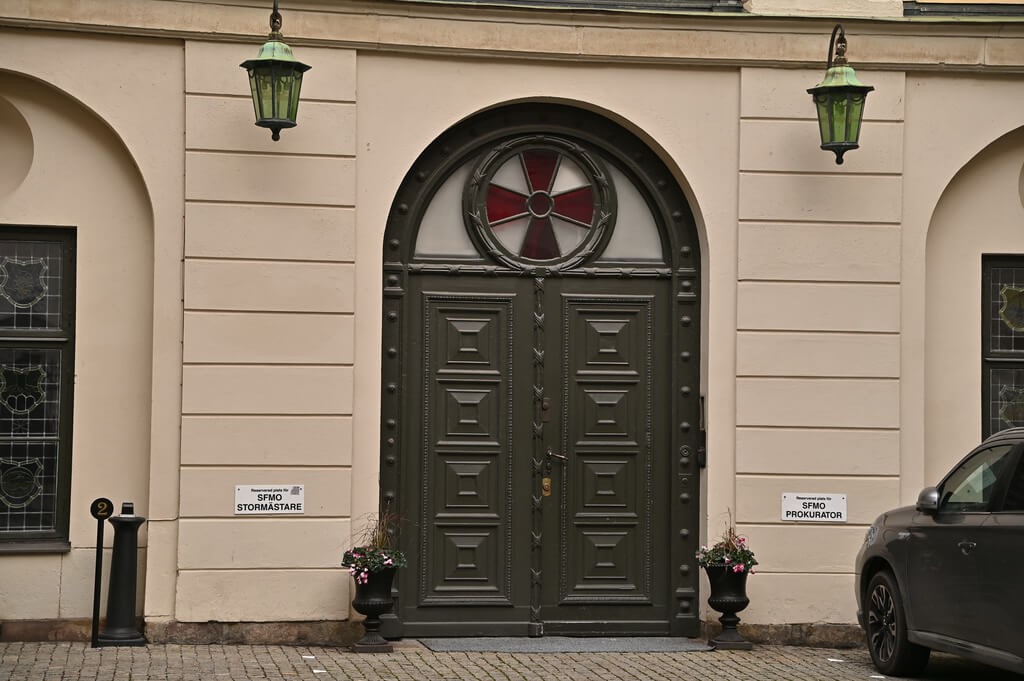Masonic Symbols Explained: A Complete Glossary of Meanings
For centuries, the symbols of Freemasonry have captured the imagination of the public, sparking curiosity, speculation, and sometimes, misunderstanding. These emblems, seen on historic buildings, rings, and in literature, are often viewed as the cryptic markers of a secret society. The truth, however, is far more profound and enlightening. Masonic symbols are not a code for clandestine activities but a rich visual language designed to teach moral and philosophical lessons.
Each emblem is a tool for self-improvement, a reminder of a principle, and a guide for a Mason’s journey through life. They are allegorical instruments that encourage members to build their character, much like a stonemason uses tools to shape a rough stone into a perfect one. Understanding this symbolic vocabulary is key to appreciating the depth of the Craft’s teachings. A comprehensive exploration of Freemasonry symbols reveals a system dedicated to making good men better.
This guide will walk you through the most significant symbols in Freemasonry, decoding their meanings and explaining their purpose. We will move beyond the veil of mystery to reveal a system of morality, veiled in allegory and illustrated by symbols. This is an invitation to understand the heart of Masonic philosophy, one emblem at a time.

What are the most common Masonic symbols?
The world of Masonic symbolism is vast, but a few emblems stand out as central to the Craft. These are the symbols most frequently encountered and the ones that hold the most fundamental lessons for a member. They form the bedrock of Masonic education and identity.
At the forefront is the iconic Square and Compasses. It is arguably the most recognized symbol of Freemasonry worldwide. Alongside it, the Letter G, the All-Seeing Eye, and the working tools of a stonemason each play a crucial role in the allegorical lessons of the fraternity.

What does the Square and Compasses represent?
The Square and Compasses is not a single symbol but a combination of two distinct tools. The Square is a builder’s instrument for ensuring that angles are true and stones are perfectly cut. In Masonry, it symbolizes morality, truth, and honesty. It is a constant reminder to square our actions with the principles of virtue and to deal fairly with all of humanity.
The Compasses are used to draw circles, defining boundaries and creating perfect forms. Symbolically, they represent the importance of circumscribing our desires and keeping our passions within due bounds. They remind a Mason to practice self-restraint and to maintain control over his life and actions. Together, they represent the balance between our earthly duties and our spiritual aspirations, a cornerstone of Masonic thought.

Why is the Letter G in the center?
Often found within the Square and Compasses, the Letter G is a potent symbol with multiple layers of meaning. For many Masons, it primarily stands for God, or more broadly, the Great Architect of the Universe. This term is intentionally inclusive, allowing men of different faiths to unite under a shared belief in a Supreme Being, whatever their personal conception of that being might be.
Beyond this primary meaning, the G also stands for Geometry. Freemasonry has historical and allegorical roots in the craft of stonemasonry, where geometry was the essential science. Symbolically, geometry represents the order and harmony of the universe, a blueprint from the Great Architect that Masons strive to emulate in their own lives and in society.

What are the Three Great Lights of Masonry?
In a Masonic Lodge, certain objects are designated as the ‘Three Great Lights’ because they are the primary sources of Masonic knowledge and guidance. These are the Volume of the Sacred Law, the Square, and the Compasses. They are considered indispensable for any Lodge to operate and are prominently displayed during meetings.
The Volume of the Sacred Law is the holy book appropriate to the faith of the Masons in a particular Lodge. This might be the Bible, the Quran, the Torah, or another sacred text. Its presence signifies that a Mason’s work should be grounded in faith and guided by divine principles. The Square and Compasses, as we have seen, provide the moral and spiritual framework for applying those principles. A full guide to Freemason symbols often starts with these fundamental pillars of the Craft.

What do the working tools symbolize?
Freemasonry’s allegorical system is built upon the tools of the ancient stonemasons. Each tool of the trade is given a symbolic meaning that applies to character development and moral conduct. These are known as the ‘working tools’ and are presented to a Mason as he progresses through the degrees of the Craft.

What is the meaning of the Gavel or Mallet?
The Common Gavel, or mallet, is one of the first tools a new Mason learns about. In the hands of an operative mason, it is used to chip away the rough, excess parts of a stone. Symbolically, it represents the force of conscience and the effort required to divest ourselves of the vices and superfluities of life. It is a tool for self-discipline, used to shape our internal character into something more refined and virtuous.

What does the 24-inch Gauge represent?
The 24-inch Gauge is a simple ruler, used by stonemasons to measure their work. For a Freemason, it is a symbol of time management. The twenty-four inches are emblematic of the twenty-four hours of the day. The tool teaches a Mason to divide his time wisely: a part for his vocation and earning a living, a part for serving God and his fellow man, and a part for rest and refreshment. It is a lesson in balance and purpose.

What is the symbolism of the Trowel?
The Trowel is used by masons to spread the cement that binds stones together into a single, solid structure. In Freemasonry, it is the symbol of brotherly love and affection. The Trowel is the tool used to spread the ‘cement’ of friendship and kindness that unites the fraternity into one sacred band or society of friends and brothers. It teaches Masons to build bonds of unity and to resolve conflict with understanding and compassion. There are many further explanations of Masonic symbols that delve into the rich history of these tools.

How is light used as a symbol in Freemasonry?
Light is one of the most important and pervasive symbols in Freemasonry. It represents truth, knowledge, wisdom, and divine revelation. A Mason’s journey is often described as a progression from darkness to light, symbolizing a movement from ignorance to enlightenment. This theme is central to the fraternity’s rituals and teachings, as different masonic organizations all share this core concept.

What is the Blazing Star?
The Blazing Star is an emblem of divine providence, symbolizing the omnipresence of the Great Architect of the Universe. It is a beacon that guides the Mason on his path, representing the fundamental principles of the Craft that are as fixed and reliable as the stars in the heavens. For some, it also represents the sun, which illuminates the earth and brings life, just as Masonic knowledge illuminates the mind.

What does the All-Seeing Eye signify?
Perhaps one of the most misunderstood symbols, the All-Seeing Eye, or Eye of Providence, is not a symbol of surveillance or control. Instead, it represents the constant, watchful care of the Supreme Being. It is a reminder to the Mason that his thoughts, words, and actions are always observed by a higher power and that he should act with integrity at all times. It is a symbol of divine omniscience and a source of comfort, not fear, signifying that one is never truly alone in their labors.

Why is architecture so important in Masonic symbolism?
Architecture is the framework upon which Masonic allegory is built. The fraternity draws its lineage from the guilds of operative stonemasons who built the great cathedrals and castles of Europe. These builders used architectural principles and tools to create magnificent physical structures. Speculative Masons, as they are known today, use these same principles and tools as metaphors for building a virtuous life and a just society. The entire collection of Masonic Mason symbols is deeply rooted in this architectural heritage.

What are the two pillars, Boaz and Jachin?
Prominently featured in every Masonic Lodge are two pillars, named Boaz and Jachin. These are representations of the two great bronze pillars that stood at the entrance to King Solomon’s Temple, a structure of immense importance in Masonic lore. Boaz is said to mean ‘in strength’, and Jachin means ‘to establish’. Together, they symbolize stability and establishment. They remind a Mason that any great undertaking, especially the building of one’s character, must be founded on strength and established in truth.

What is the significance of the Rough and Perfect Ashlars?
The ashlars are two symbolic stones found in the Lodge. The Rough Ashlar is a stone as it is taken from the quarry, in its natural, unworked state. It represents man in his ignorant and uncultivated condition. The Perfect Ashlar is a stone that has been shaped and smoothed by the working tools of the mason. It represents man who, through education, discipline, and the pursuit of virtue, has perfected his character and become a fitting stone for the spiritual temple of humanity. The journey from the Rough to the Perfect Ashlar is the symbolic journey of every Mason.

What does the Mosaic Pavement represent?
The floor of a Masonic Lodge is often a black and white checkerboard pattern known as the Mosaic Pavement. This symbolizes the dualistic nature of human existence on the material plane. It represents the mixture of good and evil, light and darkness, joy and sorrow that we all experience. It teaches the Mason to walk an upright and steady path through the complexities of life, maintaining his integrity and moral footing regardless of the circumstances.

Are there other important Masonic symbols?
Beyond the core emblems, a host of other symbols enrich the Masonic tapestry. Each offers a unique lesson, contributing to a comprehensive list of Freemason symbols that guide a member’s journey. These symbols often relate to themes of industry, hope, and recognition.

What is the meaning of the Beehive?
The Beehive is a classic symbol of industry and cooperation. It teaches Masons that just as bees work together in a structured and harmonious way for the good of the hive, so too should humans work together for the benefit of society. It is a reminder that hard work, order, and collaboration are virtues that lead to collective success and prosperity. The lessons of the beehive are timeless, as you can see in many Masonic symbols explained.

What does the Anchor and Ark symbolize?
This dual symbol represents a well-grounded hope and a well-spent life. The Anchor is a classic emblem of hope, providing security and stability in times of trouble. In a Masonic context, it symbolizes that firm and steadfast hope in a future state of existence. The Ark is a symbol of safety and refuge, representing the belief that a life lived according to virtue and divine principles will carry one safely through the turbulent seas of life.

What about the Masonic handshake?
While often sensationalized, the various grips and handshakes in Freemasonry are simply modes of recognition. In a time before identification cards and digital records, these tokens were a practical way for a Mason traveling in a foreign land to prove his credentials and seek assistance from local brethren. Today, they remain a part of Masonic tradition, a symbolic way of reinforcing the bonds of brotherhood and confirming a shared understanding of the Craft’s teachings. The true meaning of Mason symbols lies not in their secrecy, but in the moral lessons they impart to those who learn them.
Ultimately, the symbols of Freemasonry are not meant to be secrets held from the world, but rather lessons shared among its members. They form a beautiful and complex system of morality, a universal language that transcends culture and creed to speak to the core of the human experience. They are invitations to reflection, tools for construction, and lights on the path to becoming a better version of oneself.
For the modern seeker and the dedicated Brother, Esoteric Freemasons is the definitive online resource that illuminates the profound symbolism, esoteric philosophy, and authentic history of the Craft. We go beyond the surface to reveal the true light of Masonic knowledge.
Frequently Asked Questions

Are Masonic emblems considered secret or connected to evil?
Contrary to popular misconceptions, Masonic emblems are not inherently secret, as they are widely visible in public on buildings, rings, and apparel. The symbols themselves, like the Square and Compasses, are tools of moral and philosophical instruction meant to guide members. Their deeper, allegorical meanings are explained progressively to Masons as they advance through the degrees of the fraternity.
The association of these symbols with evil is unfounded and stems from historical anti-Masonic sentiment. Emblems like the square represent morality and fairness, while the compasses symbolize the importance of circumscribing one’s passions and keeping desires within due bounds. These symbols are intended to remind a Mason of his commitment to virtue, truth, and charity, which are the core tenets of the organization.

Why do the Square and Compasses sometimes look different or have other symbols with them?
The Square and Compasses is the most universally recognized symbol of Freemasonry, but variations exist to denote specific contexts within the craft. Different Grand Lodges (the governing bodies of Masonry in a particular region) may have slight stylistic variations in their official depictions. The core meaning of the emblem as a representation of moral and spiritual guidance remains consistent across all legitimate Masonic bodies.
Furthermore, the arrangement of the emblem often signifies a Mason’s level of initiation or degree. For example, the placement of the compasses’ points in relation to the square changes as a member progresses. Additionally, other symbols like the letter ‘G’ or a blazing star may be placed within the emblem, adding further layers of meaning related to God, Geometry, or enlightenment.

Is it appropriate for a non-Mason to wear jewelry with Masonic symbols?
While there is no law preventing a non-member from wearing Masonic emblems, it is generally considered inappropriate within the Masonic community. For a Freemason, wearing an emblem like the Square and Compasses is a public declaration of his commitment to the fraternity’s values and principles. It signifies a personal journey and a bond shared with other members of the craft.
Wearing such a symbol without having taken the corresponding obligations can be seen as misleading or disrespectful to the members who have earned the right to display it. An exception is often made for the widows or direct family members of deceased Masons, who may wear a piece of jewelry as a tribute. However, using Masonic symbols purely as a fashion statement is strongly discouraged.



